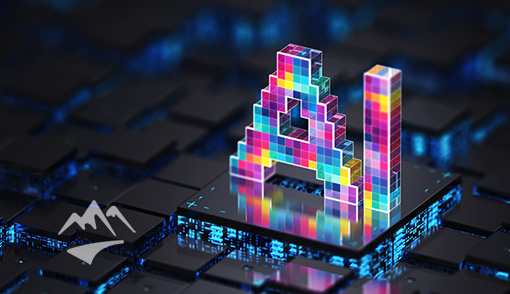Published on
The AI revolution is transforming software development at an unprecedented pace, bringing a new wave of security challenges. As engineering leaders, we're not just building the future; we're securing it. This means equipping our teams to tackle the unique security risks that AI introduces.
At Security Journey, we believe in a proactive approach to AI security. Here's how to build security into your AI development lifecycle:
Prioritize Secure Development Practices
Just like any mission-critical software, AI systems demand rigorous security considerations from the start. This means implementing and enforcing secure coding standards to minimize vulnerabilities.
Because the AI landscape constantly evolves, it's crucial to regularly update AI libraries and frameworks to patch security flaws and leverage the latest security enhancements.
Remember that AI models are only as good as the data they're trained on. Ensure all data inputs are rigorously validated and sanitized to prevent malicious data from compromising your models.
Build Safe, Robust AI Models
Building robust AI models requires a multi-faceted approach. Equip your teams with the tools to conduct adversarial testing, penetration testing, and vulnerability assessments specifically designed for AI models.
Read The C-Suite's Guide to AI/LLM Security
Don't just set it and forget it – regularly audit AI models for security weaknesses and ensure they can withstand evolving attack vectors.
To maximize resilience, train your models on diverse datasets. This helps reduce bias and improve robustness against adversarial attacks that exploit specific training data weaknesses. Implement continuous learning and retraining processes to keep models updated and adaptable to new threats.
Create a Culture of Collaboration
Building secure AI systems requires a security-first culture that permeates your entire engineering team. Promote open communication about security concerns and encourage developers to work closely with security experts. This collaborative environment ensures that security is integrated into every stage of the AI development process.
Implement monitoring tools that track model performance and detect anomalies in real-time to maintain vigilance. Develop clear protocols for responding to security incidents so that your team can take swift action to mitigate any damage.
5 Actionable Steps for Engineering Leaders
- Implement secure AI development practices and standards - Make sure to use secure coding practices, update AI libraries regularly, and rigorously validate and sanitize all data inputs to prevent malicious data from compromising your models.
- Equip teams with tools for AI security testing and regular audits - Invest in security testing tools to uncover vulnerabilities specific to your AI models and conduct regular audits to ensure they meet evolving security standards.
- Build robust, resilient AI models through continuous learning and diverse data - Train models on diverse real-world data to reduce bias and boost resistance to adversarial attacks.
- Foster a collaborative security culture within engineering teams - Create a culture where security is integrated into every stage of development. By collaborating, teams can develop powerful and secure AI models.
- Establish continuous monitoring and response protocols for AI systems - Be proactive and create a plan before a security incident occurs. Use monitoring tools to track model performance and detect anomalies in real time.
The threat landscape is dynamic, and AI security demands our constant attention. By prioritizing security from the outset, we can unlock the immense potential of AI while safeguarding our systems and our future.
Ready to take your AI security to the next level? Explore Security Journey's AI Security Training and empower your teams with the knowledge and skills they need to build a secure AI-powered future.


